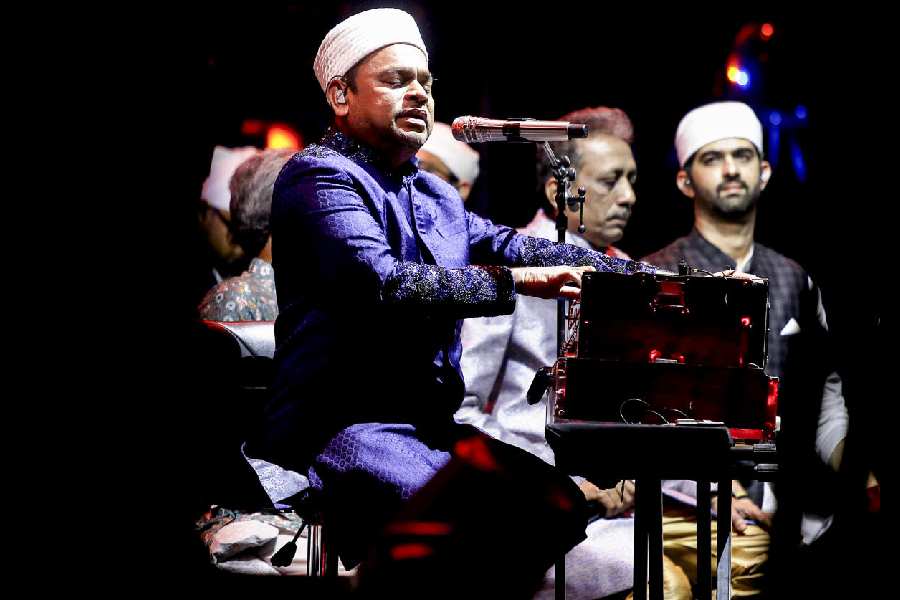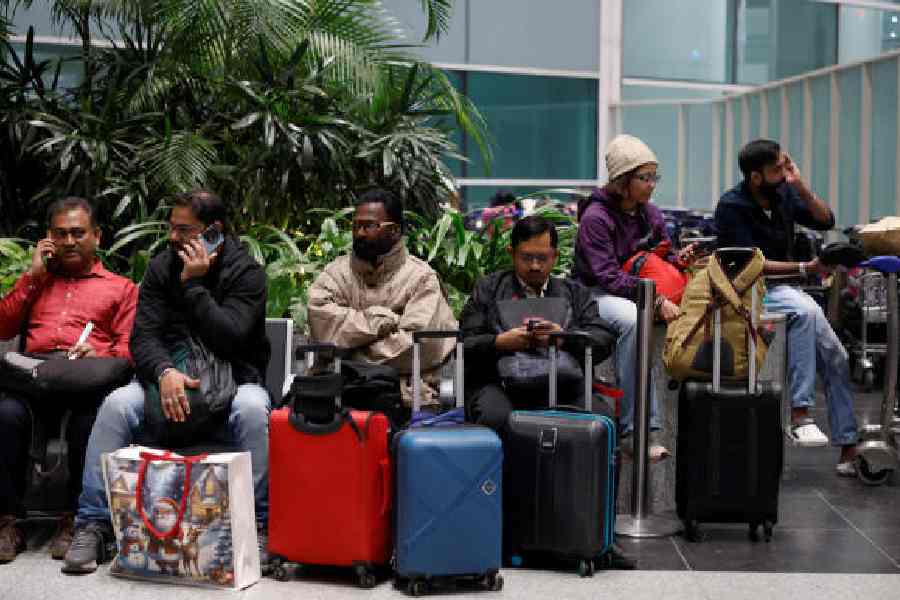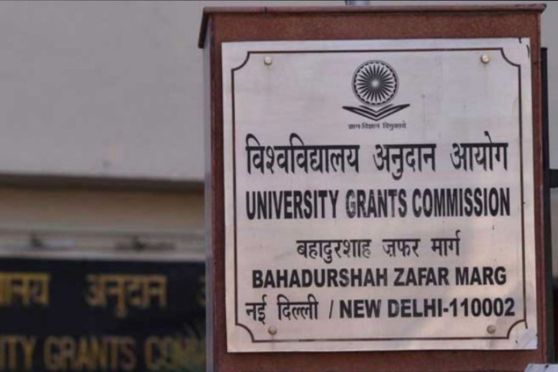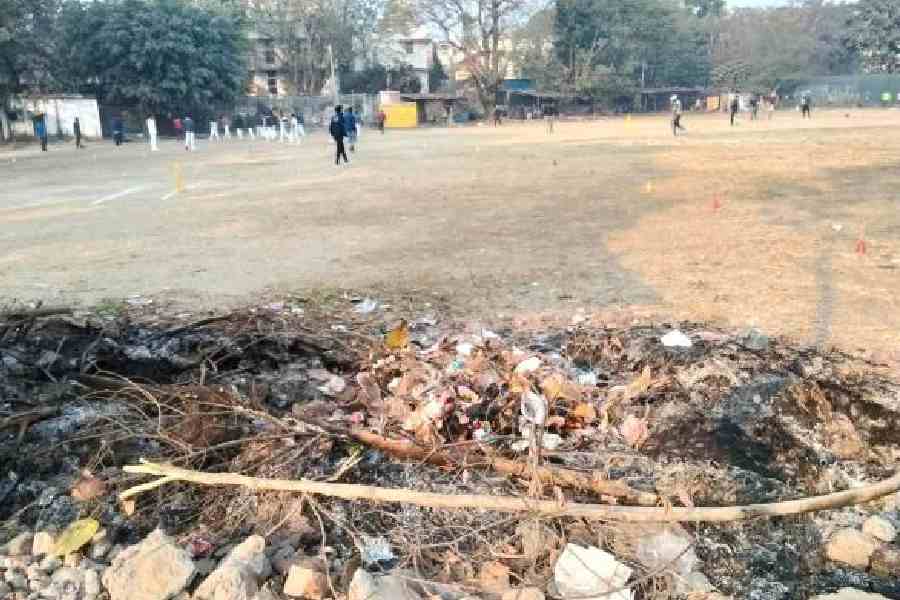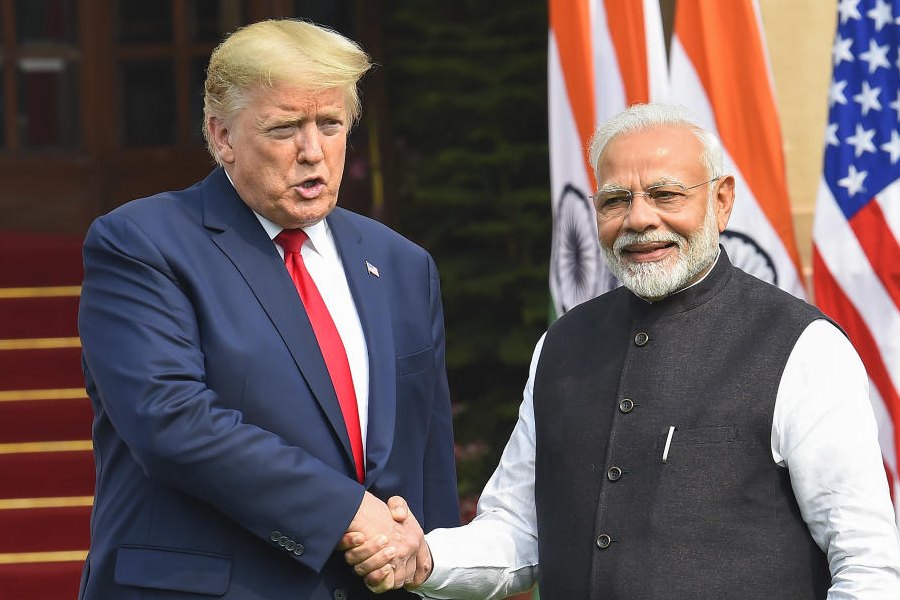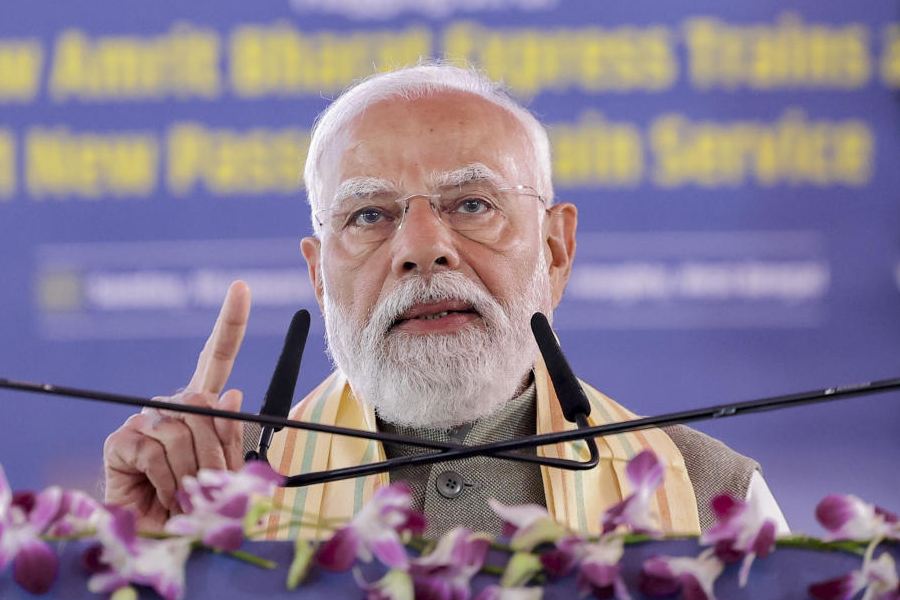John Lennon would have been 83 had one moment from December 8, 1980, not been on his calendar. He was two months past his 40th birthday when he was murdered in front of his apartment building, the Dakota, on the Upper West Side of Manhattan in New York. A new three-part docuseries, John Lennon: Murder Without A Trial, is now available on Apple TV+ and it’s one of the most thoroughly researched presentations on screen.
As far as presenting before the camera, everyone — except Lennon’s widow Yoko Ono — who saw the gruesome incident unfold, director Nick Nolt has done a fantastic job. For example, Jay Hastings, the concierge of Dakota, finally speaks up because “time’s past”. His job was more of a security guard minus gun or Mace self-defense spray. All he had was a “panic button” on the table. It was just another day with people on the street, yelling through the gate, echoing into the courtyard. He always managed to keep everyone out.
Also working at Dakota on that fateful evening was porter John Many. “There were people hanging out. These people knew if they hung around long enough, you would probably get the routine of when they (Lennon) would go out for a walk or breakfast.”
One person caught Many’s eye that afternoon, “a dumpy kind of guy”. The problem he noticed was that the man wasn’t “hovering with the rest of them. He was behind them, listening.” The porter approached him and asked why he was there and the man said he wanted Lennon’s autograph. “He said he didn’t even like the music but said he was a collector.”
The “dumpy” man turned out to be Mark David Chapman. That afternoon he got Lennon to sign a copy of Double Fantasy hours before he murdered him.
When he was starting over
Lennon was entering a new phase in his career. Absent from the music business for five years — most of which was spent being a husband and father — he was making his return to the recording studio. The Double Fantasy album he made with Yoko Ono had been in stores about a month and the single from it, Just Like Starting Over, sums up the new phase.
A month before he was killed, Lennon sat down with journalist Robert Palmer and said: “You know what I listened to for the last five years? Muzak! For the kind of chores I was doing around the house, it was perfect. I know people are going to say, ‘Oh, that’s because he’s got to be 40 and got soft’. Well, it might be that; it’s irrelevant to me. The attitude is that when you change when you get older, there’s something wrong with that, but the world is stupid enough as it is; if the young were running it, it would be really dumb. Whatever changes I’m going through because I’m 40, I’m thankful for, because they give me some insight into the madness I’ve been living in all my life.”
For Lennon, December 8 was just another day. He did a photoshoot and an interview before heading over to the Record Plant where he and Yoko joined producer Jack Douglas. “His confidence level was way off the charts,” says Douglas in the first episode of the docuseries. “Once we got rolling, his creative juices were… you can feel it. Everything was going right and he was on top of the world.” Being a father to a young son had inspired him to the point that he kept a photo of Sean whenever he was in the recording studio. Everything was about Sean and he was on a roll.
Lennon and his son, Sean, both were born on October 9. There is an archival segment in the docuseries where Lennon says, “We were almost like twins. Now I have a reason to stay healthy and bright. Being with Sean I suddenly got the songs. I am not trying to compete with my old self…. People were saying that ‘John and Yoko got together and the Beatles split’. We have been longer together than the Beatles.”
Back at Dakota, porter Many once again saw Chapman hanging around in the evening. When asked, Chapman said he was there to get “Yoko’s autograph”. Meanwhile, Lennon and Yoko were returning from the studio. New York cab driver Richard Peterson was taking a fare to the same destination. “I picked up these two guys… they were going to a party at the Dakota.” This was at 10.48pm. When Peterson reached, he pulled up behind Lennon’s limo. Yoko got out and walked towards the Dakota. And then Lennon came out. He walked briskly. “This kid (Chapman) says, ‘John Lennon’. He was a chunky guy. I am looking at him. Five shots. This guy just shot John Lennon,” says Peterson.
‘You will remember my name’
On camera appears NYPD’s first and second responders, and two nurses and a doctor who failed to revive Lennon in hospital. And several off-the-cuff moments follow — a newscaster gathers her composure before announcing Lennon was dead, reporters catch up with Paul McCartney on the streets and he was still recovering from the shock, and two sports commentators debate whether to interrupt a Monday-night football game.
What’s more interesting is the part where the motive behind the murder is discussed. NYPD officer Herb Frauenberger says Chapman didn’t look like a violent type of person. “He was like a nerdy college kid.” The problem was that there was very little information about Chapman. He was “a non-entity”. He had no criminal record. The docuseries brings in cab driver Mark Snyder whose passenger was Chapman. Snyder says: “The first thing he tells me is that ‘I am a producer for the Rolling Stones. I just got back from a recording session with the Beatles, they got back together again’.” Being a cabbie driver, Snyder nodded along. While paying the fare, Chapman told Snyder: “My name is Mark David Chapman. You will remember my name.”
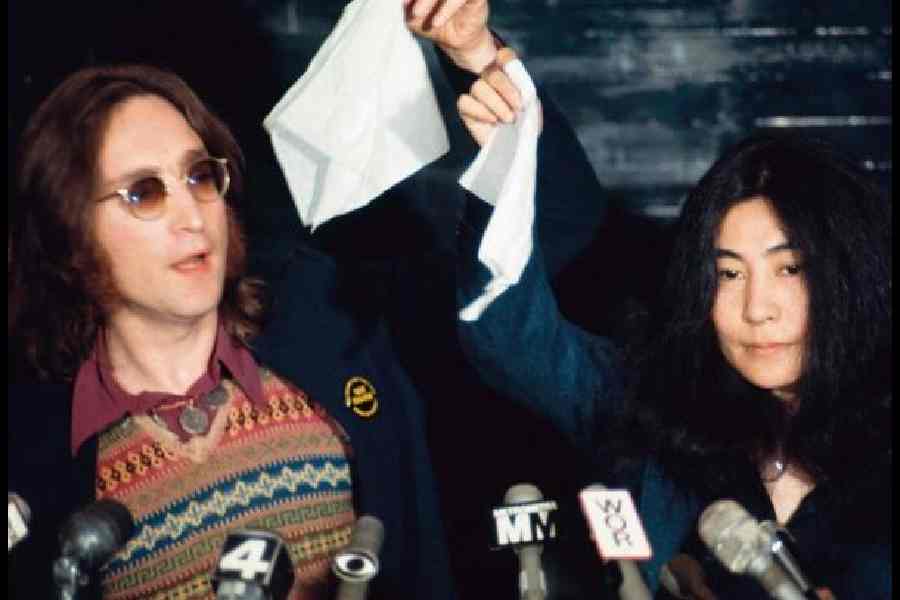
John Lennon and Yoko Ono were about to be kicked out of the US because of immigration problems. They created a country called Nutopia. At a press conference on April 1, 1973, they produced a white handkerchief and said: “This is a flag to surrender to peace” Picture: Bob Gruen
After Chapman shot Lennon, he dropped the gun, took off his overcoat and pulled out a book, according to cab driver Richard Peterson. That book was J.D. Salinger’s The Catcher in the Rye. In fact, NYPD officer Frauenberger says that after Chapman was apprehended, he was reading the book instead of running off into Central Park. Had he decided to run, perhaps he wouldn’t have been caught.
Later the detectives found out that Chapman had stayed at Sheraton Centre in New York before killing Lennon. In his room was found an eight-track tape of Todd Rundgren, his passport, the Bible (open to The Gospel According to John) and a small Wizard of Oz poster.
For some, the items left by him showed that the murder was premeditated and he anticipated a police investigation. Chapman’s lawyer (Herbert Adelberg) made the court put the killer under psychiatric observation. Dr Naomi Goldstein, the psychiatrist who assessed shooter Chapman, speaks on-camera for the first time. “He tried to avoid giving straight answers,” says Dr Goldstein. “It was a puzzle.”
Perhaps the most chilling scenes involve Chapman speaking to his wife, Gloria, and later to his lawyers, captured on tape (at times only audio and a few snatches on video) by the prison. Equally interesting is the mention of the CIA brainwashing programme MKUltra and how Robert F. Kennedy assassin Sirhan Sirhan had a similar approach to that of Chapman.
What remains of Lennon? For those who have grown up in the 1960s and ’70s, they will always have a lot to say about him and, of course, the Beatles. For kids these days, perhaps the connection begins with a few songs, especially Imagine, the prescription for world peace. The Lennon song is a note to the universe that individuals are capable of influencing others. It’s a poem that starts a ripple effect which can ultimately change society. Through this song Lennon wanted the listener to become his messenger. He never thought of Imagine as a blueprint for achieving peace but more like a call towards something that appeared (and still appears) unimaginable. And that magic of Lennon cannot be forgotten.





